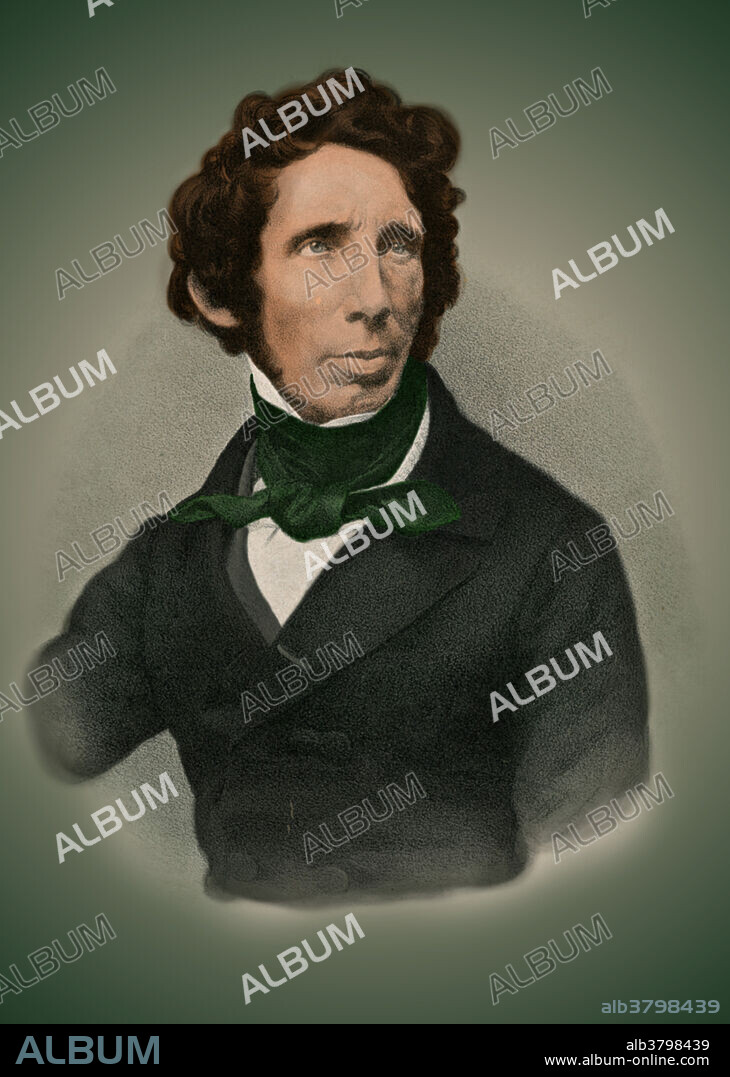alb3798439
Friedrich Wohler

|
Add to another lightbox |
|
Add to another lightbox |



Title:
Friedrich Wohler
Caption:
Friedrich Wohler (1800-1882), the German chemist. Wohler discovered the cyanates and, in 1828, showed that heating the inorganic compound ammonium cyanate gave urea. As urea is a typical animal product, this reaction was interpreted by many chemists as ending the idea of a vital force essential for the chemistry of life. Wohler collaborated with Liebig on an important study of benzaldehyde. He was the first person to isolate aluminum and beryllium, crystalline boron and silicon, and calcium carbide. He also noticed some similarities between compounds of carbon and silicon.
Credit:
Album / Science Source / NEW YORK PUBLIC LIBRARY
Releases:
Model: No - Property: No
Rights questions?
Rights questions?
Image size:
2881 x 4041 px | 33.3 MB
Print size:
24.4 x 34.2 cm | 9.6 x 13.5 in (300 dpi)
Keywords:
ALUMINIUM • ALUMINUM • BERYLLIUM • BORON • CALCIUM • CARBIDE • CHEMIST • CHEMISTRY • COLORIZED • CRYSTALLINE • ENHANCEMENT • FRIEDRICH • GERMAN • GERMANS • HISTORICAL • HISTORY • MALE • MAN • MEN • MONOCHROMATIC • MONOCHROME • PORTRAIT • POTRAIT • SILICON • UREA • VERTICAL LINES • VERTICAL • WOHLER
 Pinterest
Pinterest Twitter
Twitter Facebook
Facebook Copy link
Copy link Email
Email

